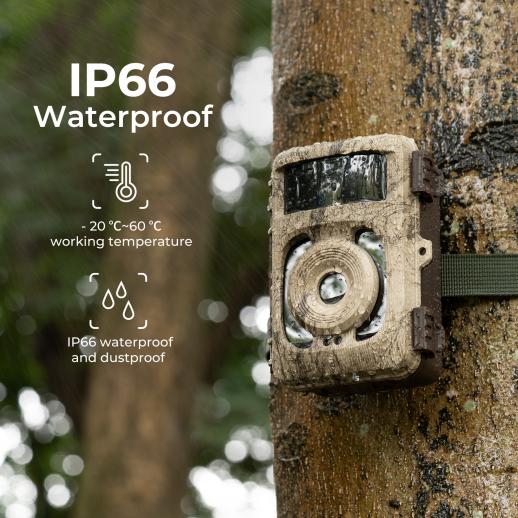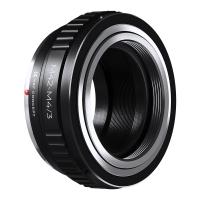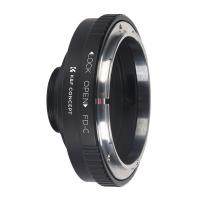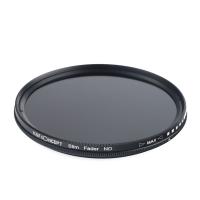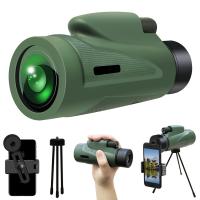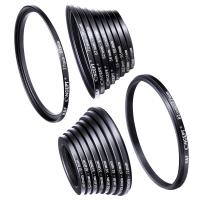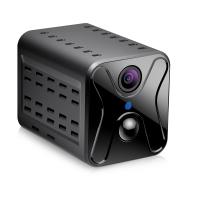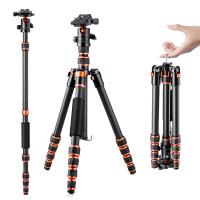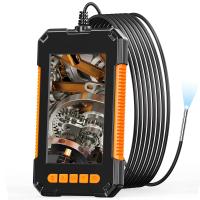Wifi Capable Trail Cameras
Buy 3 Get 18% OFF
Buy 5 Get 20% OFF
Buy 3 Get 18% OFF
Buy 5 Get 20% OFF
- * KF35.133 =KF35.127S1=KF35.127V1+KF28.0011*2+KF42.0013 Easy Remote Access: Connects to your phone via Wi-Fi:With Wi-Fi capability, you can easily connect your trail camera to your phone and remotely access the footage. This feature allows you to monitor your camera from a distance and make adjustments as needed.
- * High-Quality Video: Records in 4K resolution at 30fps:The camera records in 4K resolution at 30fps, which means you get high-quality footage that is clear and detailed. This feature is especially useful if you need to capture fine details, such as the markings on an animal.
- * Time Watermark Function: Adds a time stamp to your footage:The time watermark function adds a time stamp to your footage, which is useful for tracking the movement of animals or monitoring activity in a specific area. This feature also helps you keep track of when the footage was recorded.
- * Wide-Angle Lens: Captures a broad view of the area:The camera has a wide-angle lens with a 90-degree field of view, which means you can capture a broad view of the area. This feature is especially useful if you need to monitor a large area or track the movement of animals.
- * Secure Password Function: Protects your camera from unauthorized access:The camera has a secure password function that supports 4-digit numeric and alphabetic passwords. This feature helps protect your camera from unauthorized access and ensures that your footage remains secure.
Buy 3 Get 18% OFF
Buy 5 Get 20% OFF
WiFi capable trail cameras are a type of camera that can connect to a wireless network and transmit images or videos to a remote device. These cameras are commonly used for wildlife monitoring, hunting, and security purposes. They are designed to be durable and weather-resistant, making them suitable for outdoor use.
WiFi capable trail cameras typically have a built-in antenna that allows them to connect to a wireless network. They can be configured to send images or videos to a remote device, such as a smartphone or computer, via email or a cloud-based service. Some cameras also have a mobile app that allows users to control the camera settings and view live footage.
One of the main advantages of WiFi capable trail cameras is that they allow users to monitor wildlife or security footage remotely, without having to physically visit the camera location. This can save time and effort, and also reduce the risk of disturbing the wildlife or alerting potential intruders.
Overall, WiFi capable trail cameras are a useful tool for anyone who needs to monitor wildlife or security footage in remote locations. They offer a convenient and efficient way to capture and transmit images or videos, and can help users stay connected to their surroundings even when they are not physically present.
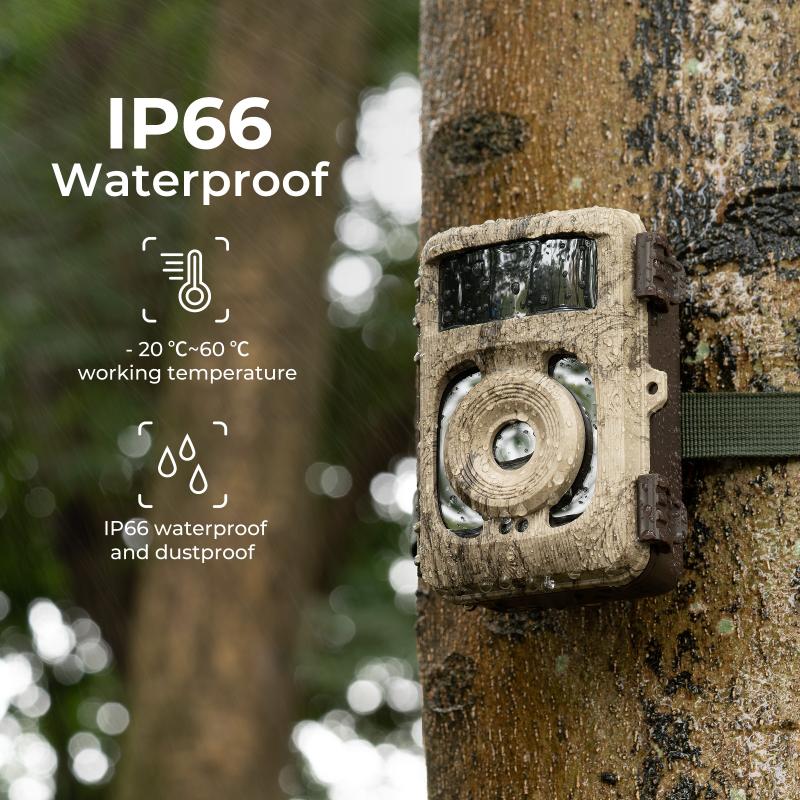
Common problems:
1. Error connecting to wifi network: Sometimes, the camera may fail to connect to a wifi network due to weak signal strength or incorrect password. To solve this, ensure that the camera is within range of the wifi network and that the password is correct. You may also try resetting the camera's wifi settings and reconnecting to the network.
2. Slow or interrupted live streaming: When using the camera's live streaming feature, the video may be slow or interrupted due to poor network connectivity or low battery. To solve this, ensure that the camera is fully charged and within range of a strong wifi signal. You may also try reducing the video quality or switching to a lower resolution.
3. Inaccurate motion detection: The camera's motion detection feature may sometimes trigger false alarms or fail to detect motion accurately. To solve this, ensure that the camera is positioned correctly and that there are no obstructions blocking the view. You may also try adjusting the sensitivity settings or upgrading the camera's firmware.
4. Poor image quality: The camera's image quality may be poor due to incorrect settings or lens damage. To solve this, ensure that the camera is set to the appropriate resolution and that the lens is clean and free from scratches. You may also try adjusting the exposure settings or using a different lens if possible.
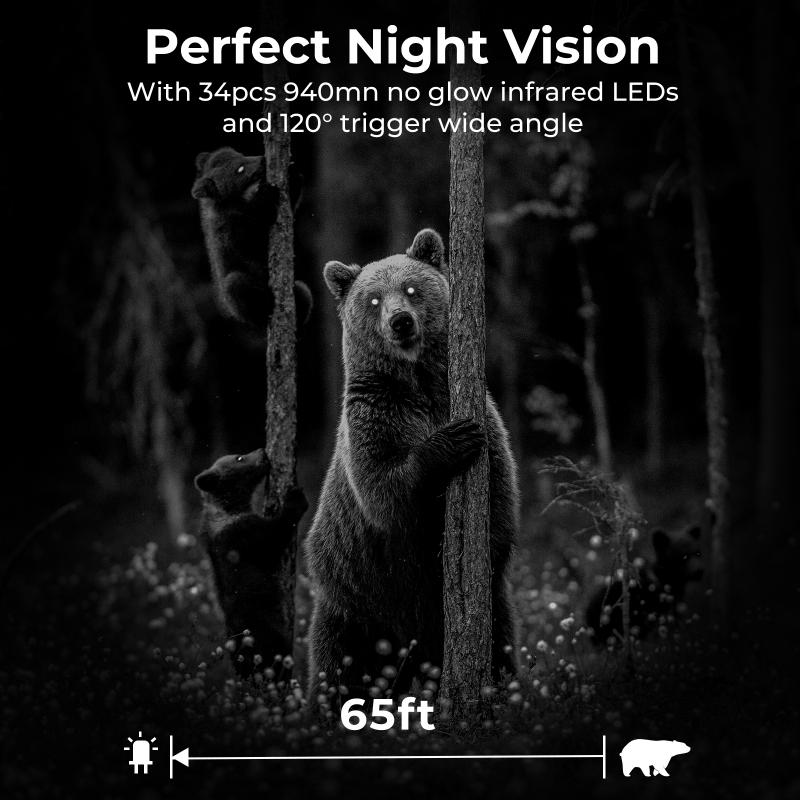
Related technologies:
1. Remote Access: Wifi capable trail cameras allow remote access to the camera's footage and settings. This means that users can view and manage the camera from their smartphone or computer, without having to physically access the camera.
2. Real-time Notifications: With wifi connectivity, trail cameras can send real-time notifications to the user's smartphone or email when motion is detected. This allows users to quickly respond to potential threats or capture important footage.
3. Cloud Storage: Many wifi capable trail cameras offer cloud storage options, allowing users to store their footage securely online. This eliminates the need for physical storage devices and makes it easier to access and share footage.
4. High-Quality Footage: Wifi capable trail cameras often offer high-quality footage, with features such as HD resolution and night vision. This ensures that users can capture clear and detailed footage, even in low-light conditions.
5. Easy Setup: Wifi capable trail cameras are often easy to set up, with simple instructions and user-friendly interfaces. This makes them accessible to a wide range of users, including those who may not be familiar with traditional trail cameras.
6. Customizable Settings: Wifi capable trail cameras often offer customizable settings, allowing users to adjust features such as motion sensitivity and recording duration. This ensures that users can tailor the camera to their specific needs and preferences.

Product Advantages:
1. Remote Access: One of the biggest advantages of WiFi capable trail cameras is that they allow remote access to the camera's images and videos. This means that users can view and download the footage from anywhere, without having to physically retrieve the camera's SD card. This is particularly useful for hunters and wildlife enthusiasts who want to monitor their hunting grounds or observe wildlife without disturbing them.
2. Real-Time Notifications: WiFi capable trail cameras can also send real-time notifications to users when the camera detects motion or captures an image. This means that users can be alerted to potential game or wildlife activity as it happens, allowing them to respond quickly and effectively.
3. Easy Setup: WiFi capable trail cameras are generally very easy to set up and use. Users simply need to connect the camera to their WiFi network and download the accompanying app to their smartphone or tablet. From there, they can access all of the camera's features and settings.
4. High-Quality Images and Videos: WiFi capable trail cameras are typically equipped with high-quality lenses and sensors, which allow them to capture clear, detailed images and videos. This is particularly important for hunters and wildlife enthusiasts who need to be able to identify game and wildlife accurately.
5. Cost-Effective: While WiFi capable trail cameras may be slightly more expensive than traditional trail cameras, they are still a cost-effective option for many users. This is because they eliminate the need for additional equipment, such as SD cards and card readers, and can save users time and money in the long run by allowing them to monitor their hunting grounds or wildlife areas more efficiently.

Product features:
1. Wireless Connectivity: The first feature of a WiFi capable trail camera is its wireless connectivity. This feature allows the camera to connect to a WiFi network, enabling users to remotely access the camera's footage and settings. With this feature, users can easily transfer photos and videos to their smartphones, tablets, or computers without having to physically remove the SD card from the camera.
2. High-Quality Images and Videos: The second feature of a WiFi capable trail camera is its ability to capture high-quality images and videos. The camera should have a high-resolution sensor that can capture clear and detailed images, even in low-light conditions. It should also be able to record high-definition videos with good sound quality.
3. Motion Detection: The third feature of a WiFi capable trail camera is its motion detection capability. The camera should be able to detect motion and trigger the recording of images or videos. This feature is essential for capturing wildlife or intruders in the area where the camera is installed.
4. Long Battery Life: The fourth feature of a WiFi capable trail camera is its long battery life. The camera should have a powerful battery that can last for several weeks or even months, depending on the usage. This feature is crucial for users who want to monitor a remote area without having to visit the camera frequently to replace the battery.

Product parameters:
Acceptance method : APP
Video resolution : 3840x2160@30fps
Time watermark function : Support
Attachment methods : Strap + tree nail bracket
Lens : f=4.0mm F/NO=2.0 FOV=90°
Loop recording : Support
Password function : 4 digits, numeric and alphabetic support
PIR sensing angle : 120 degrees
External alkaline battery specification : 8PCS LR6(AA) Battery: 6V
Operating temperature : -20 - 60°C
- All Reviews
- Image

